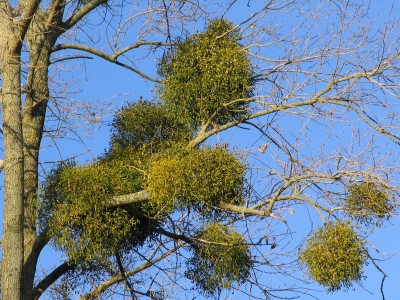
Nutrient-rich soil and water availability are both crucial for the growth of plants. Harsh conditions within forest canopies often result in uneven or scarce distribution of these vital elements.
As a means of survival, epiphytes have developed commendable adaptive methods. Their physical structure, food habits, and symbiotic relationships with other organisms speak volumes of their adaptability.
Most epiphytes wrap their roots around tree trunks and absorb vitals from the atmosphere; leaves are arranged to trap falling plant debris rich in nutrients.
Orchids conserve water by growing thick stems and leaf hairs. These hairs close the stomata during dry weather, preventing water loss through transpiration.
Leaves of tank bromeliads develop a ‘tank’ like structure that stores large amounts of rainwater for long periods, forming ideal habitats for various organisms. Bromeliads get their nourishment from the excrement of these organisms making the symbiosis complete.
As for seeds, they may be present in thousands in a single epiphytic fruit. These seeds have flying structures that help them get dispersed over great distances. The Mistletoe, an aerial epiphyte, produces laxative coated berries with sticky seeds inside. This adaptation helps the fruit to easily pass down the digestive system of birds, and eventually stick on to the tail feathers when they excrete. Birds perch on distant trees, automatically placing these seeds in the right environment to grow.
Picture Credit : Google




